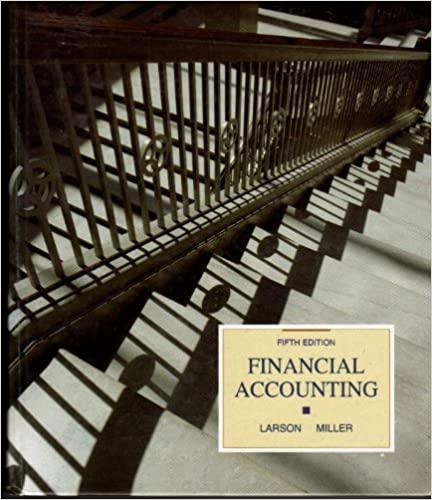The management of Andrews Corporation is considering the expansion of its business operations to a new and
Question:
The management of Andrews Corporation is considering the expansion of its business operations to a new and exciting line of business in which newly invested assets can be expected to earn \(20 \%\) per year. At present, Andrews Corporation has only 18,000 shares of \(\$ 50\) par value common stock outstanding, no other contributed capital accounts, and retained earnings of \(\$ 270,000\). Existing operations consistently earn approximately \(\$ 175,000\) each year. To finance the new expansion, management is considering three alternatives:
(a) Issue 5,000 shares of \(\$ 100\) par, \(13 \%\) cumulative, nonparticipating, nonvoting, preferred stock. Investment advisors of the company conclude that these shares could be issued at par.
(b) Issue 2,000 shares of \(\$ 100\) par, \(13 \%\) cumulative, fully participating, nonvoting, preferred stock. The investment advisors conclude that these shares could be sold for \(\$ 250\) per share.
(c) Issue 6,250 shares of common stock at \(\$ 80\) per share.
In evaluating these three alternatives, Andrews Company management asked you to calculate the dividends that would be distributed to each class of stockholder based on the assumption that each year the board of directors will declare dividends equal to the total net income earned by the corporation. Your calculations should show the distribution of dividends to preferred and common stockholders under each of the three alternative financing plans. You should also calculate dividends per share of preferred and dividends per share of common.
As a second part of your analysis, assume that you own 1,000 of the common shares outstanding prior to the expansion and that you will not acquire or purchase any of the newly issued shares. Based on your whole analysis, would you prefer that the proposed expansion in operations be rejected? If not, comment on the relative merits of each alternative from your point of view as a common stockholder.
Provocative Problem 12-4 Reinhold Corporation and Rollins Company
(L.O. 4)
Step by Step Answer:






